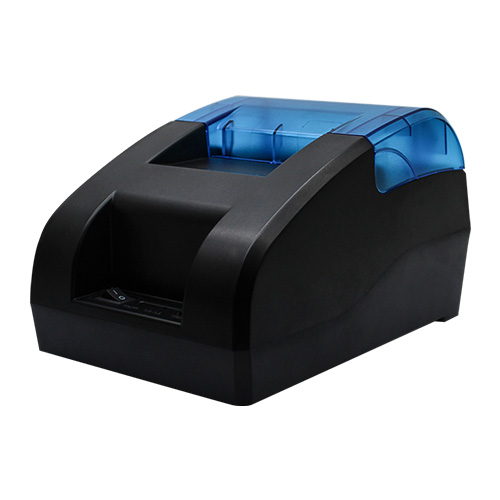Time:2025.07.04Browse:1

Inkjet printers are widely used for their versatility in producing colorful documents and images, but abnormal color output is a common problem that users may encounter. Here are several systematic approaches to resolve this issue.
First, check the ink cartridges. Empty or low ink levels in one or more cartridges can directly cause color inaccuracies. Users should open the printer cover to inspect the cartridges: if any cartridge appears visibly empty or the ink level indicator shows a low warning, replace it with a new, genuine cartridge immediately. It is crucial to avoid using counterfeit or refilled cartridges, as they often have inconsistent ink formulations that disrupt color mixing. Additionally, ensure the cartridges are properly seated; loose cartridges may fail to dispense ink evenly, leading to color streaks or gaps.
Second, perform a print head alignment. Over time, the print head nozzles may become misaligned, resulting in blurred or miscolored prints. Most modern inkjet printers have a builtin alignment function accessible through the printer’s control panel or associated software (e.g., HP Utility, Canon Print Studio). Users can initiate this function, which typically prints a test page with alignment patterns. Follow the onscreen instructions to confirm the alignment, and repeat the process if necessary. For persistent issues, manually cleaning the print head (via the printer’s maintenance settings) can remove dried ink residues that block nozzles and cause color deviations.
Third, adjust the printer settings and color management. Incorrect print settings, such as selecting the wrong paper type (e.g., plain paper instead of photo paper) or using a lowquality print mode, can distort colors. In the print dialog box, ensure the paper type, print quality, and color mode (e.g., “Photo” or “Standard”) match the intended use. Moreover, enable color management through the printer driver or software like Adobe Photoshop. Calibrating the monitor to match the printer’s color profile can also help users preview colors more accurately before printing.
Fourth, inspect for hardware issues. If the above steps fail, there may be a problem with the print head itself or the ink delivery system. For example, a clogged or damaged print head may require professional cleaning or replacement. Some printers allow users to replace the print head as a separate component, while others integrate it with the cartridge. In such cases, consulting the manufacturer’s support team or a certified technician is advisable to avoid further damaging the device. Environmental factors, such as extreme humidity or temperature, can also affect ink flow; ensure the printer is placed in a stable, wellventilated environment.
Finally, use diagnostic tools and update firmware. Many printers offer builtin diagnostic reports, such as nozzle check patterns, which display whether each color channel is printing correctly. If a particular color is missing or faint, focus on cleaning or replacing the corresponding cartridge or print head. Additionally, outdated firmware may cause compatibility issues with color profiles. Visit the manufacturer’s website to download and install the latest firmware updates, which often include bug fixes for colorrelated problems.
Read recommendations: